I am working through some existing code for a project i am assigned to.
I have a successful call to glTexImage2D like this:
glTexImage2D(GL_TEXTURE_2D, 0, texture->format, texture->widthTexture, texture->heightTexture, 0, texture->format, texture->type, texture->data);
I would like create an image (preferably a CGImage or UIImage) using the variables passed to glTexImage2D, but don't know if it's possible.
I need to create many sequential images(many of them per second) from an OpenGL view and save them for later use.
Should i be able to create a CGImage or UIImage using the variables i use in glTexImage2D?
If i should be able to, how should i do it?
If not, why can't i and what do you suggest for my task of saving/capturing the contents of my opengl view many times per second?
edit: i have already successfully captured images using some techniques provided by apple with glReadPixels, etc etc. i want something faster so i can get more images per second.
edit: after reviewing and adding the code from Thomson, here is the resulting image:

the image very slightly resembles what the image should look like, except duplicated ~5 times horizontally and with some random black space underneath.
note: the video(each frame) data is coming over an ad-hoc network connection to the iPhone. i believe the camera is shooting over each frame with the YCbCr color space
edit: further reviewing Thomson's code I have copied your new code into my project and got a different image as result:

width: 320 height: 240
i am not sure how to find the number of bytes in texture-> data. it is a void pointer.
edit: format and type
texture.type = GL_UNSIGNED_SHORT_5_6_5
texture.format = GL_RGB